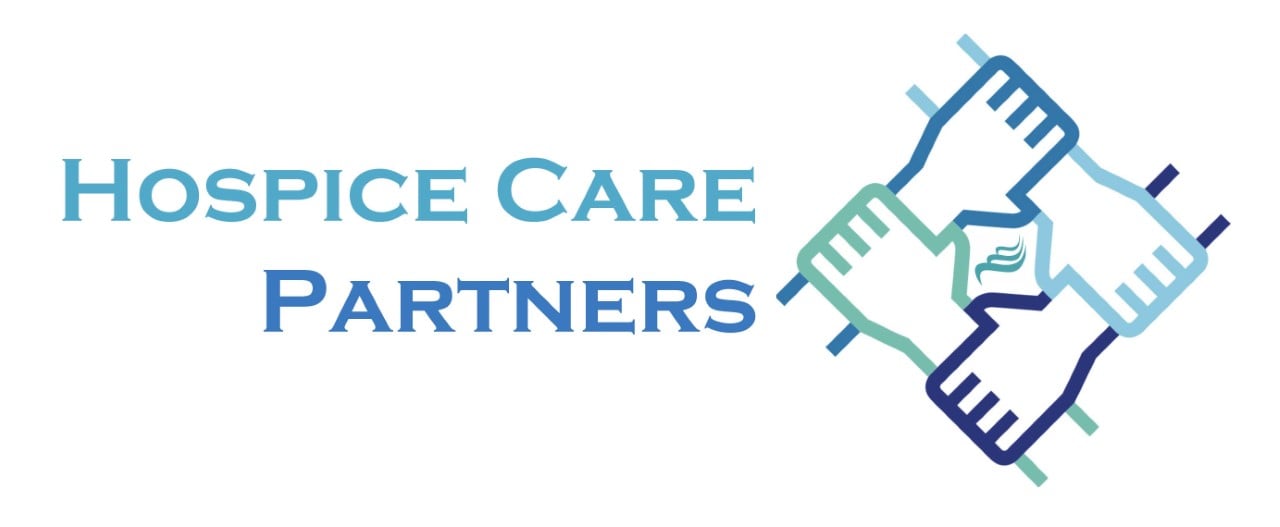So... why should leaders in healthcare be thinking about workplace culture management as a strategy to improve employee satisfaction and patient outcomes? Because it works.
In the wake of the COVID-19 pandemic, many healthcare institutions now find themselves in the midst of unprecedented staff turnover, crippling budgetary constraints, and immense pressure to increase patient/client census while dramatically reducing operating costs. Concurrently, health service seekers have raised their expectations concerning the quality, affordability, and overall experience of patient care. If you're a leader in healthcare right now, you're likely struggling to find a balance and keep your key staff members motivated, accountable, and informed from day to day.
Workplace culture is the overall character of the business. Often unique to the organization, workplace culture can include elements such as the business's values, beliefs, behaviors, goals, attitudes, and work practices. In healthcare, the character of our agencies, facilities, and professional offices directly impacts the experience of patients, their families, and the clinical teams that serve them. It's the way we communicate with one another, how we handle and resolve conflict, and how we ideally build traditions and durable bonds with our teams through celebrations, ceremonies, and events. Put simply, it's how we build trust and collaboration and, as a result, improve patient outcomes by safeguarding against costly turnover, individual egotism, and environmental toxicity. So... how can you start to figure out if you've got a workplace culture problem that needs to be addressed?
- You Have Core Values, But Don't Live Them
It's easy to come up with a list of core values... but living them actually requires work, dedication, and courage. The genius of core values is that (when lived) they can create freedom within predictability for your staff and your customers. In other words, they both communicate your intentions towards your customers and employees while also giving insight into how you will respond when things don't go as expected. As a result, your employees and customers can anticipate how you will treat them at any point in the relationship; both when things are going well, and when they aren't. In organizations with positive workplace cultures, employees are less sensitive to unexpected changes, being assigned new tasks, and uncertainty. Simply put, there's enough positive organizational equity to overcome the temporary doubts and insecurities that are common with uncommon situations and circumstances. Ask yourself, "what words, reactions, and habits are my customers and employees experiencing each day, and are these experiences congruent with how I truly want my business to be perceived?"
REALITY CHECK: Even if you don't have a published set of core values, your organization's true core values do exist and they are experienced by your teams and customers daily. If you lack confidence in your assessment of your organization's core values or the experiences of your customers or employees, go see for yourself. Then get to work. - You Have "Good People," But Can't Keep Them
There are so many reasons why businesses struggle to retain top talent. However, if you are adequately meeting your employee's most basic needs (like offering fair compensation, reasonable hours, and safe working conditions), your unwanted turnover is probably the direct consequence of a workplace culture problem. Here's why.
Oftentimes, we do not realize how our daily work practices inhibit the retention of high-quality, high-performing team members. For example, although it is tempting to "manage" your employees by their mistakes, good employees do a lot of things right in between mishaps that can go overlooked. Without a clear and consistent ritual for acknowledging your staff's "everyday wins," your everyday interactions with them will start to revolve around liability and crisis management events. This accelerates the development of compassion fatigue and tends to erode the individual qualities that originally made them "good employees" (like being personally accountable, taking initiative, and prioritizing outcomes for patients). Although they may become compliant, your best people will not thrive in an environment where their everyday contributions and achievements are not appreciated or acknowledged. Ask yourself, "what are my organization's reward rituals?" "How am I proactively filling the gaps between employee losses with wins and positive affirmation?" "Am I more focused on catching my people doing wrong or catching my people doing right?"
REALITY CHECK: If you cannot confidently say that you are offering your staff fair compensation, reasonable hours, and safe working conditions, you absolutely MUST start there. Go see what your competitors are doing or be brave enough to ask your employees where the gaps are. Then get to work. - You Have "Business Goals," But Don't Align Them
One thing that any team needs to win is a unified strategy and goal. In the fast-paced environments that we work in, it is easy to lose sight of the big picture and take the time necessary to communicate the importance of their individual roles to downline team members. We do not connect the dots between what they do and our most critical organizational goals. This is why marketing, financial, clinical, and other customer support teams become can siloed and out of sync. Although each function is vital to the success of the business, just like in sports, each member has to work towards executing a shared play (a vision) and scoring the win for the TEAM. In the best organizations, leadership ensures that there is clear visibility to, and unambiguous alignment between, interdepartmental goals and priorities. By doing so, they can reduce political friction between functions, gain agility with respect to new program adoption, and accelerate progress towards the achievement of key business goals. Ask yourself, "Does my team have a unified strategy and goal that fosters collaboration and consistent prioritization of important tasks and duties? Does my team know how they are doing and are they fully in sync? Is there anyone that needs to be included in our daily/weekly/monthly goal calibration routine?"
REALITY CHECK: The key to successful goal alignment is being able to clearly articulate what success looks like at each level of management and for each participating team member. Therefore, it's important to think through and provide your team with specific actionable daily habits that will help them achieve organizational goals. Even better, ASK them for their ideas and recommendations once you've clearly outlined what the goal is and why it should matter to the entire team. Then get to work.




.jpeg?width=352&name=Image%20(4).jpeg)